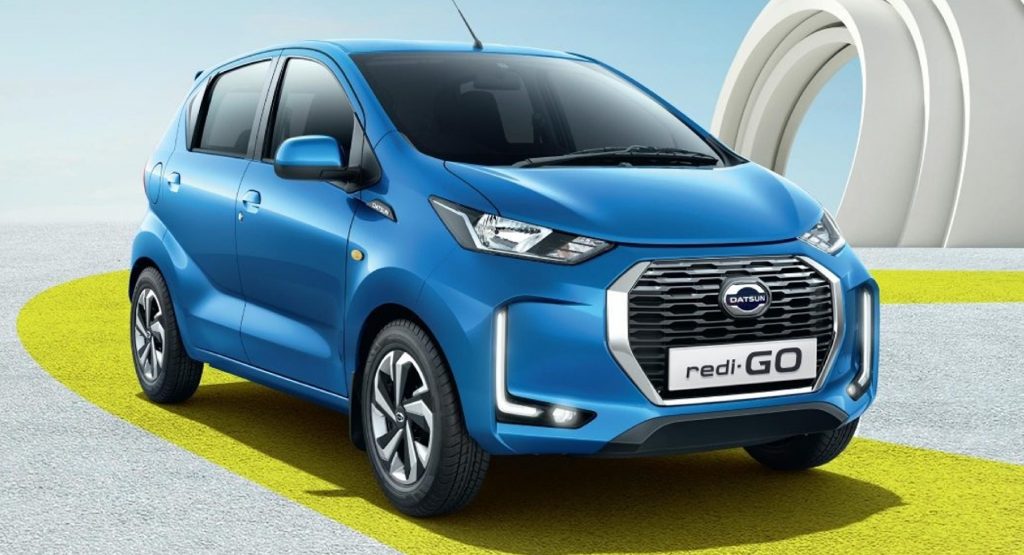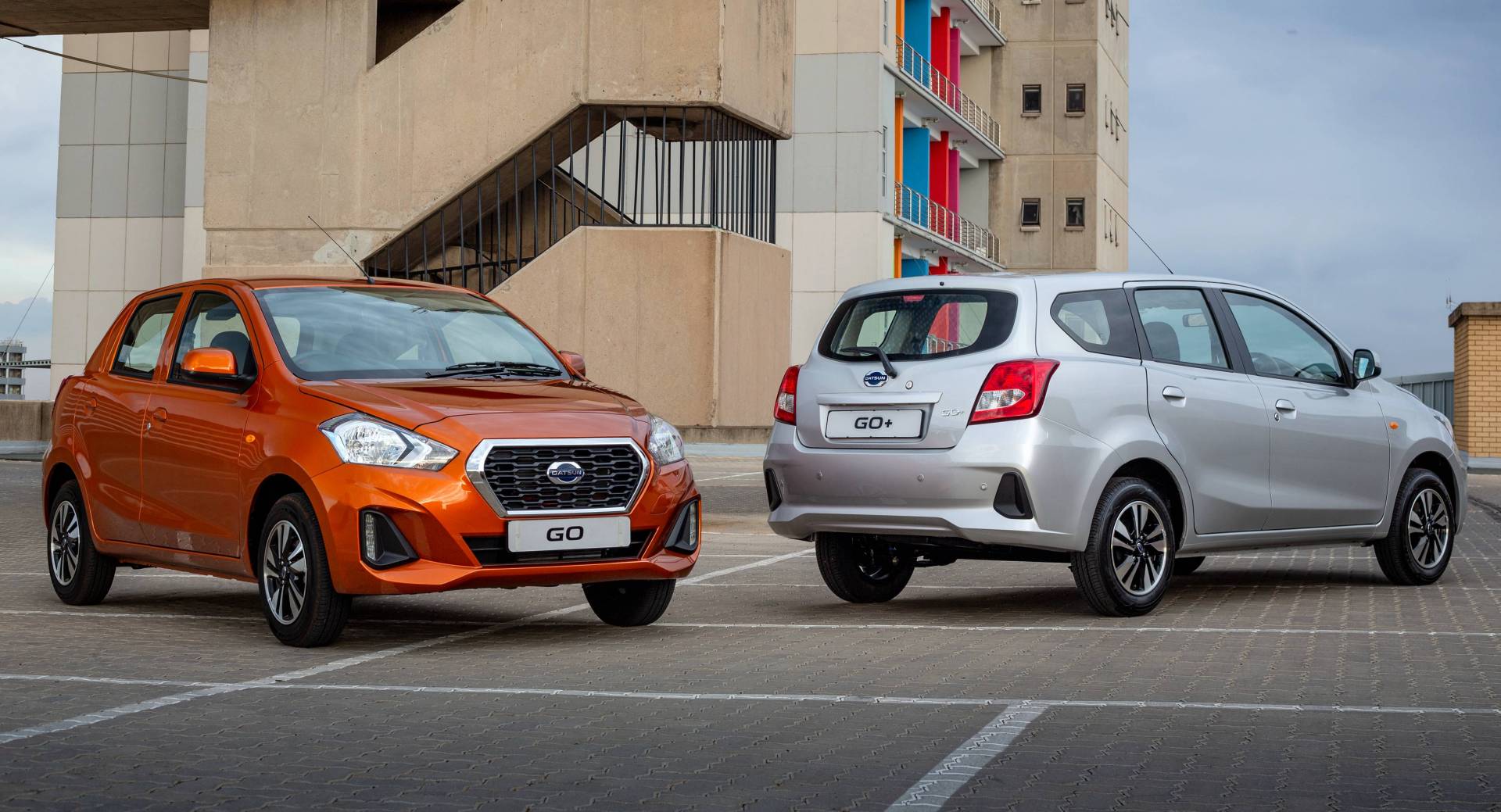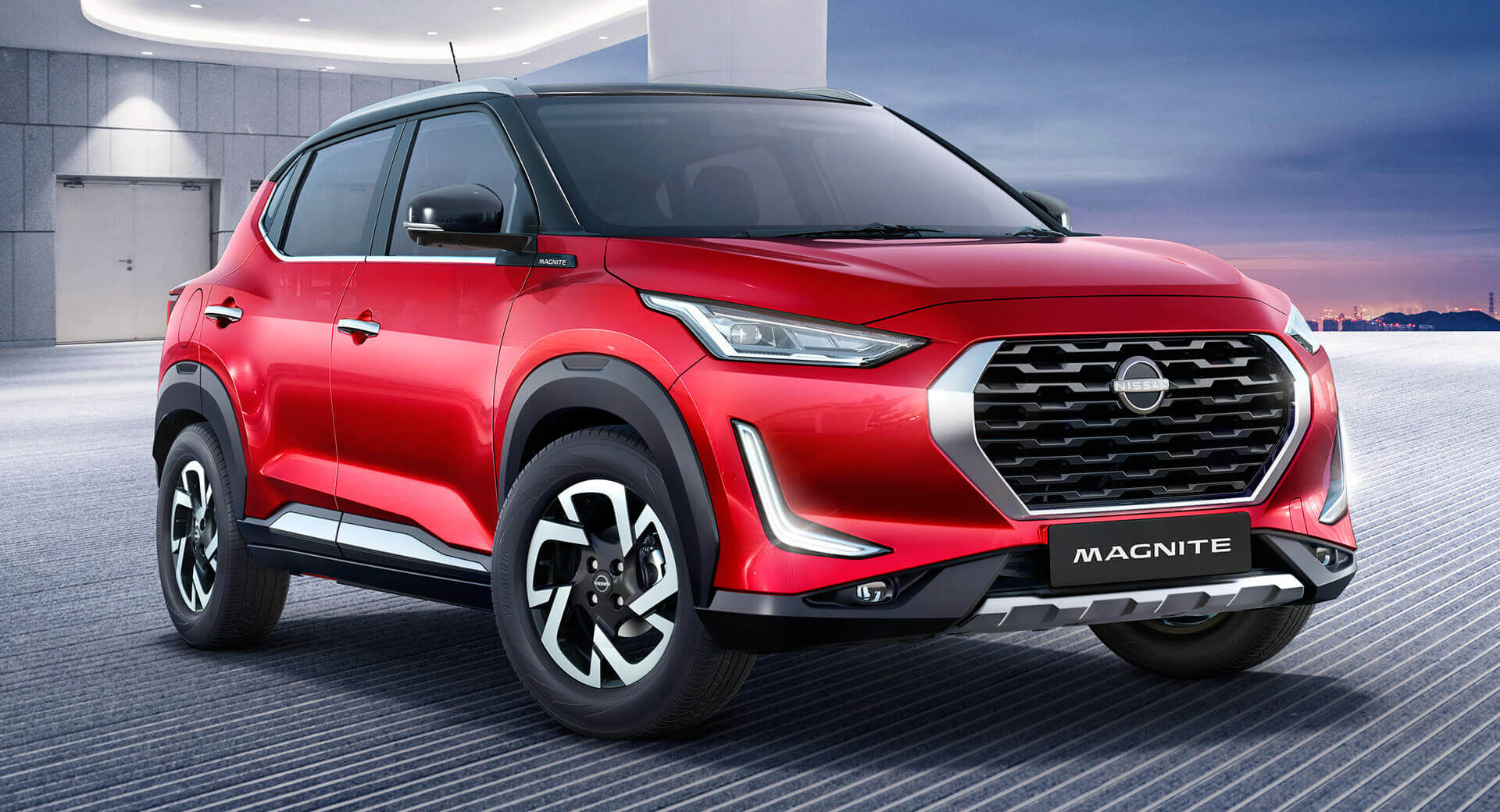Nissan announced the end of Datsun production in India, marking the death of the troubling brand for the second time in its history. The Chennai plant in India was the last remaining production facility of Datsun after plants in Russia and Indonesia were closed down back in 2020.
The demise of Datsun was somehow predetermined due to slow sales. The first reports were published in 2019 as part of Nissan’s restructuring plan following the Carlos Ghosn scandal. Datsun has been slowly dying since, with the final hit coming this year.
See Also: You Know You Want This Stunning Datsun 280Z
Despite the discontinuation of the brand, Nissan remains committed to Datsun owners, announcing it will continue to provide aftersale services, parts and warranty support through its own dealership network in India. A surprising fact is that the official website of Datsun in India is still online, showing the entire range of models as available.
A Short-Lived Budget-Friendly Fantasy
Datsun was known for selling export Nissan models between 1939 and 1986. Then Nissan dropped the Datsun branding, which remained inactive for more than three decades. A second and completely different life for Datsun was announced in 2012, with the reborn automaker taking the role of a budget-focused brand for emerging markets and slotting under the mainstream Nissan and the luxury Infiniti brands. In other words, Nissan tried to replicate Renault’s project with Dacia although it came nowhere near that level of success.
The first new model from Datsun was the Go supermini introduced in 2013, followed by the Go+ seven-seater sibling in 2014, both based on the old Nissan Micra platform. While the models were competitively priced, sales never took off due to poor interior quality, basic equipment and the embarrassing zero-star crash test ratings. Datsun kept on trying, launching the smaller Redi-GO in 2016 as a sister model to the Renault Kwid based on the CMF-A platform. Still, there was no hope for the brand despite early facelifts and updates.
In Russia, Datsun revealed the On-DO sedan and Mi-DO hatchback in 2014, based on the Lada Granta and Lada Kalina. As you can imagine, neither of those models was a success story, while Russian production was also affected by the sanctions imposed by the West due to the Russian invasion of Crimea. Finally, in 2018, Datsun revealed the Cross – a crossover variant of the GO+ for the Indonesian market – in an unsuccessful effort if join the adventurous high-riding model craze.
As reported by Autocar India, the Nissan Magnite small SUV which debuted in production form in 2020, was developed as a new model for Datsun but received the Nissan logo after the decision was taken to discontinue the brand. This is evident from some styling cues like the grille shape and the bumpers which look more in line with Datsun’s design language. The Magnite could be the model to save Datsun but it was already too late by the time of its launch.











